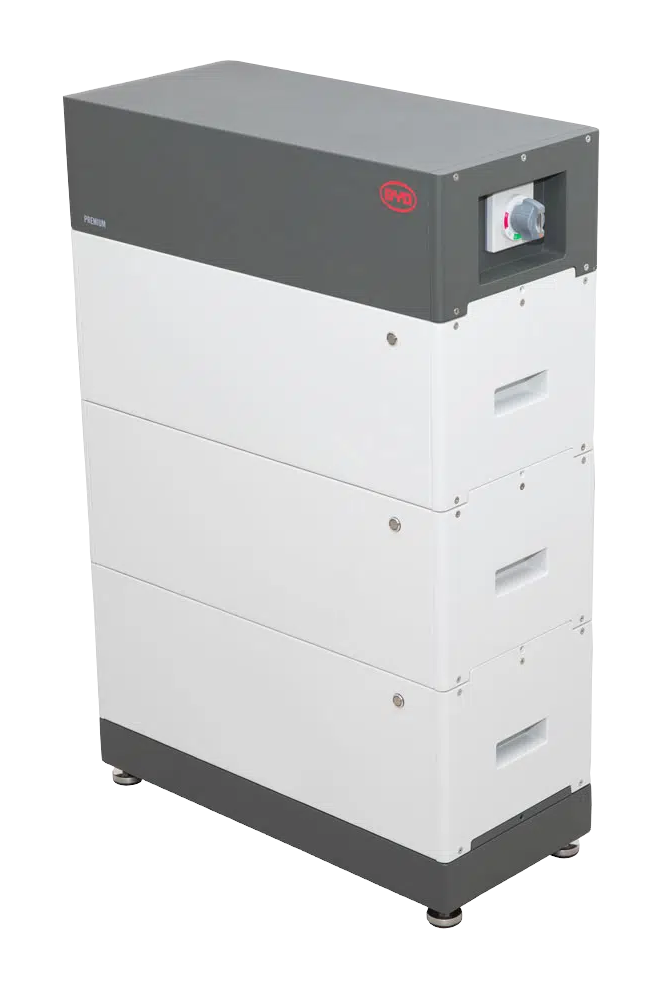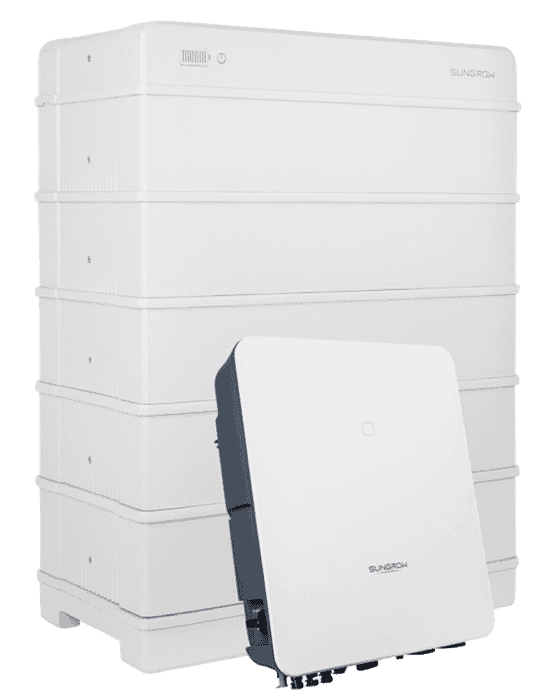It depends.
If your number one reason to install solar panels is to save yourself the grief of ever experiencing another blackout, then we want to be frank and tell you, that is a common misconception within the solar industry.
Having solar will not automatically save you from blackouts, as it is a matter of public safety. If you want to use power during a blackout, then you will need to install extra system fail-safes.
To understand why this is needed, we need to get technical.
The flow of power coming from your solar panels changes regularly, according to the amount of sunlight reaching the panels. Inverters convert the DC power from the solar panels into AC power which matches the frequency and voltage of the grid in order to synchronise the phases of the feed into the grid.
Of course, your demand for power changes regularly, as appliances are switched on or off. As the grid can provide much more power than your solar system, it is also the back-up power source which allows the flow of power into a property to be stabilised. Together with the grid, your solar system can create a stable flow of power to meet your needs.
Without grid connection (or other specific fail-safes), your solar panel’s electricity production will not be stable, causing harm to you and your appliances.
When a blackout occurs, and the grid can’t stabilise that power, then the same thing would happen if you were not connected to the grid. The supply of power from the solar system into your premises would vary, damaging or causing harm to your equipment, appliances, and even yourself. In order to stop that from happening, the inverter has a failsafe called anti-islanding.
Anti-islanding is an electrical protection measure that is inside anything that generates energy. Anti-islanding protects us, our properties, and maintenance workers from injury by stopping the production of electricity as well as disconnecting the solar unit from the grid.
Without this protection, the solar system will continue to generate electricity – becoming an island, surrounded by a sea of unpowered powerlines, allowing your generated power to travel freely along the gridlines.
Anti-islanding is a safety precaution to protect you, your neighbours, and the utility employees from any live wires that may be touched.
If you want to use your solar energy during a blackout, speak to our solar energy designers on 1800 720 719 or send us an email on info@sunrayspower.com.au to explore the various options available for your energy goals.


















